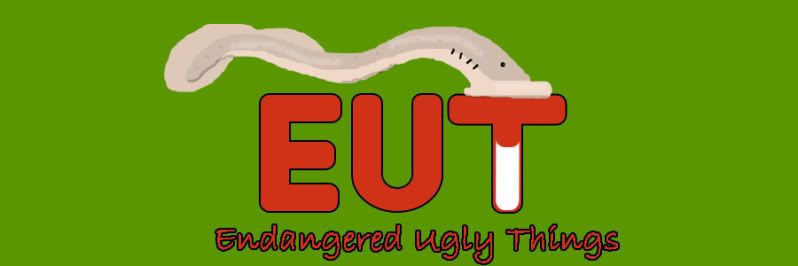 |
| Image by me |
If you think the name “Axolotl” is hard on the mouth, just wait, I’ve got a few doozies in the next paragraph.
The Axolotl likely gets its name from the Aztec words meaning “water-dog,” though some sources link it to the other Aztec god of the underworld, Xolotl, twin of Quetzalcoatl. With these clues (as well as the fact that its species name is mexicanum), it’s not hard to guess where these are generally found in the wild. Yes, it lives in central Mexico, and its historic range includes Lake Xochimilco and Lake Chalco, which hasn’t existed since before the Europeans showed up. Xochimilco (National Geographic pronunciation: SO-chee-MILL-koh) is now only a series of canals within the bounds of Mexico City. Understandably, Axolotl populations aren’t quite what they were when the Aztecs were using them as a daily meat source.
While pollution and habitat loss have thrown the wild Axolotls onto the Critically Endangered list, that isn’t to say that there aren’t many left. They breed in captivity wonderfully, and are used in many medical research labs to study their ability to regenerate limbs (wouldn’t that be convenient?).
The restoration of an ecological park has stabilized populations in the wild, and the introduction of the abundant captive bred individuals could bring these salamanders back from the brink. Also, a local university is working hard to save the local wildlife by increasing public awareness, and are using the Axolotl as their flagship species.
1I, personally, first came to know of their existence from a series called Zoobooks, where an Axolotl appeared on the cover of “Animal Wonders,” I believe.
2Neat fact: other Mole Salamander species have developed neoteny, which apparently frequently shows up where the water is low on predators and the surrounding land is dry.

3 comments:
I am going to have to remember this one for future Scrabble games!
Just caught something today on BBC News about the London Zoo having a new program focusing on amphibians and "ugly" creatures to help save them (they must have been reading your blog!).
They were highlighting the axolotl.
These are one of my favorite creatures ever because I used to have a waterdog that looked like one.
Wait, these are waterdogs. Does that mean they're the same thing? No flippin' way these are endangered! I used to keep something that looked exactly like this as pets when I was younger because my grand father would buy them to go fishing and I'd never let him fish with them.
WE MUST SAVE THEM!
Post a Comment